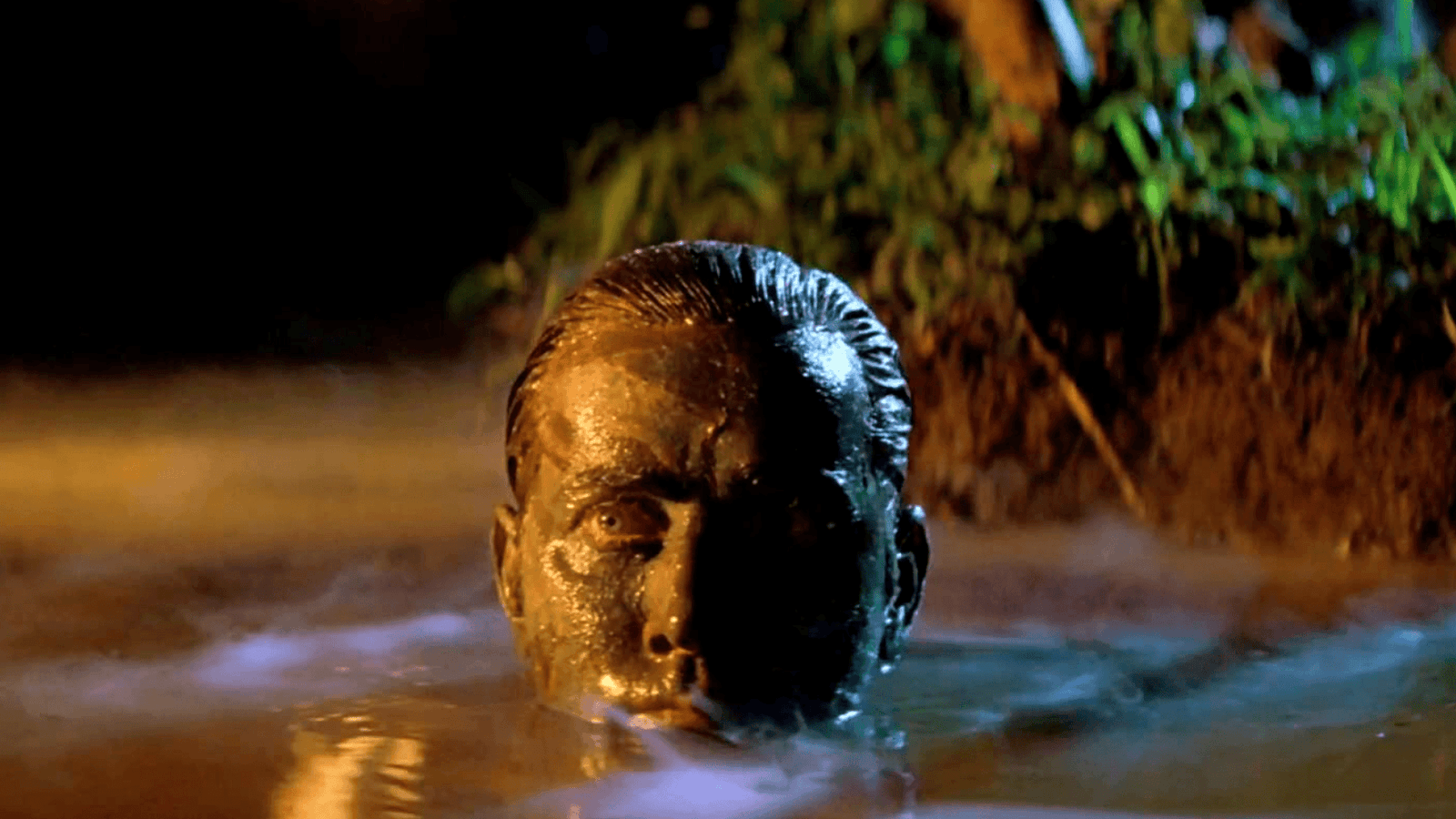Extra hours and unexpected setbacks: Filmmaking timelines guide
Film industry professionals frequently face the daunting task of navigating extra hours and unexpected setbacks. Adhering to timelines is vital for staying within budget, meeting project deadlines, and ensuring a seamless movie production experience.


Image source: IMDb.com
This article will tell about a nightmare that occurred during the "Apocalypse Now" shooting and provide various insights and approaches for handling extra hours and overcoming obstacles throughout movie production.
Time supervision and backup strategies
Time supervision and the development of backup strategies are integral to keeping movie production on track. By effectively managing time and resources, movie makers can reduce setbacks and avoid extra hours. A meticulously planned shooting schedule is indispensable, with the first assistant director playing a pivotal role in directing time supervision efforts. Devising a backup plan for potential holdups, such as unfavorable weather or equipment malfunctions, can further aid movie makers in adjusting to unexpected situations.
Streamlined cast and crew coordination
Streamlined cast and crew coordination is essential for reducing setbacks and curtailing extra hours in movie production. By facilitating clear communication between various departments, setting guidelines, and ensuring everyone is aware of their roles and duties, the risk of setbacks can be significantly diminished. Moreover, allowing for adequate rest periods and scheduling extra time to address potential cast or crew concerns can contribute to a well-organized workflow.
Tackling typical movie production setbacks
Frequent setbacks in movie production involve weather conditions, equipment problems, and location scouting. To minimize these risks, movie makers should stay updated on weather predictions and establish alternate plans for weather-related setbacks. Regular equipment inspections and servicing can help prevent equipment malfunctions, while comprehensive location scouting during the pre-production phase can pinpoint potential issues and secure a fitting filming site.
Open communication and proactive issue resolution
Transparent communication and proactive issue resolution are crucial for keeping movie production on target. Fostering open communication channels among departments, the director, and the first assistant director can help address emerging concerns and implement solutions promptly. Encouraging cooperative issue resolution can further promote inventive solutions and prevent setbacks from worsening.
Allocating resources and budgeting for extra hours
Allocating resources and budgeting are critical components of handling extra hours and adhering to production timelines. Accurate resource requirement estimations and proper allocation of time and personnel can reduce the likelihood of extra hours. Additionally, having a transparent budget for extra hour expenses and being prepared to modify other aspects of the production to offset these costs can help maintain the project's trajectory.
When Apocalypse Now almost became reality
One striking example of a movie that faced numerous extra hours and unexpected setbacks is the 1979 science fiction horror classic, "Apocalypse Now", directed by Francis Ford Coppola. The film, set during the Vietnam War, experienced a series of challenges that nearly led to its demise.
The production was initially planned to last 14 weeks but ended up extending over a year due to a multitude of setbacks. First and foremost, the film was plagued by weather-related issues. Typhoon Olga hit the Philippines during the shoot, destroying several sets and causing a significant delay in the production schedule. Consequently, the crew had to rebuild the sets and wait for favorable weather conditions to resume filming.
Casting problems also contributed to the film's near-collapse. Harvey Keitel was initially cast in the lead role of Captain Willard but was replaced by Martin Sheen after only two weeks of shooting. Sheen later suffered a heart attack during the production, which forced the crew to halt filming for several weeks until he recovered.
Furthermore, the film's budget skyrocketed from an initial $12 million to $31 million due to the numerous delays and issues. Coppola had to invest a considerable amount of his money to complete the film, putting his financial stability at risk.
Despite these tremendous challenges, "Apocalypse Now" went on to become a critical and commercial success. The film received eight Academy Award nominations and won two, for Best Cinematography and Best Sound. The perseverance and determination of the cast and crew to overcome the extra hours and unexpected setbacks not only saved the film but also cemented its place as an iconic piece of cinema history.
Conclusion
In summary, navigating extra hours and unexpected setbacks is an integral aspect of movie production. By implementing the guidelines and tactics described in this article, movie makers can enhance their time supervision, optimize their workflow, and tackle obstacles to maintain timelines. Efficient cast and crew coordination, proactive issue resolution, or effective resource allocation and budgeting can all contribute to keeping movie production on schedule with the proper mindset and commitment.
Modern software like Filmustage helps prevent extra hours and unexpected setbacks in film production by streamlining pre-production planning, enabling efficient scheduling, performing AI-driven script analysis, enhancing communication, and facilitating resource management. Its comprehensive suite of tools allows filmmakers to organize and coordinate various aspects of their projects effectively, minimizing potential issues and delays that could arise during the production process.
From Breakdown to Budget in Clicks
Save time, cut costs, and let Filmustage’s AI handle the heavy lifting — all in a single day.